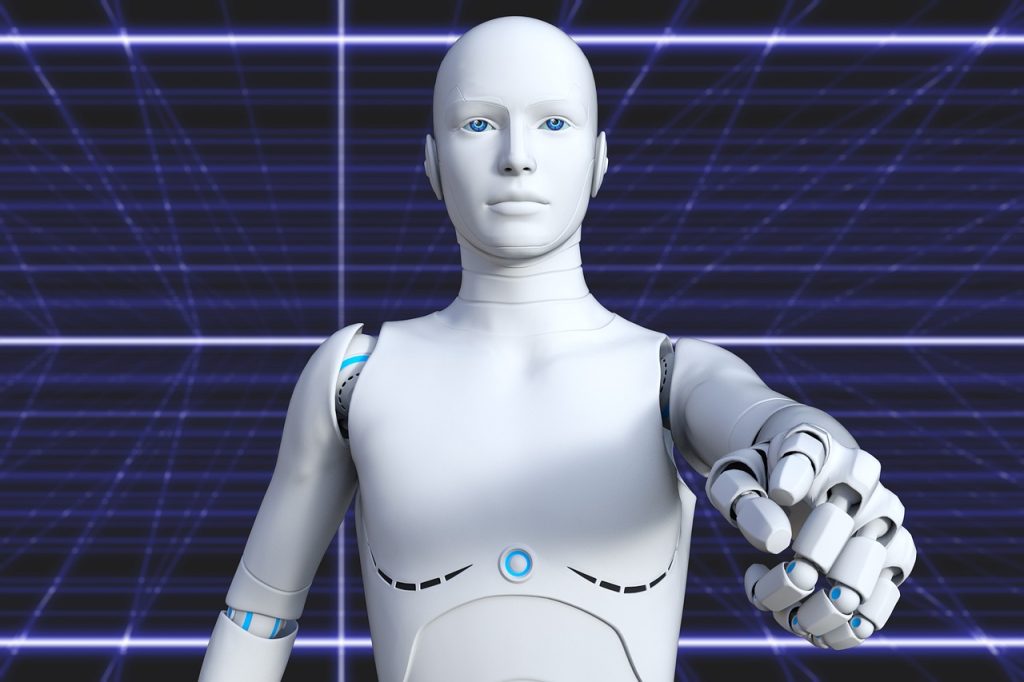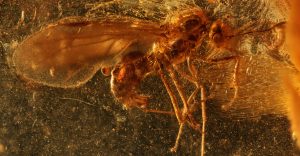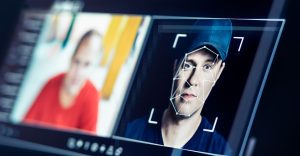Robots That See What the Eye Cannot
Others are reading now
For centuries, people have dreamed of seeing through walls and objects. It sounds like something out of science fiction, but researchers are now turning that dream into reality.
Scientists at the University of Pennsylvania are working on a new vision system for robots.
This technology uses radio waves to detect hidden objects, see through obstacles, and even operate in extreme conditions like smoke and heavy rain, writes WP.
If successful, it could change the way we navigate and understand the world around us.
Also read
Professor Mingmin Zhao and his team have designed a robot that creates a three-dimensional image of its surroundings using radio waves.
Unlike traditional cameras and sensors, this system does not rely on light, which means it can work in complete darkness or through thick smoke.
The technology has the potential to be a game-changer in rescue missions. It could help locate people trapped under debris after earthquakes, lost in avalanches, or stuck in burning buildings where visibility is almost zero.
During initial testing, the robot was placed in a smoke-filled room. The experiment triggered a fire alarm, so researchers later conducted further tests under controlled conditions.
The results were promising. The robot was able to create a clear image of the environment, proving that radio waves could be a reliable alternative to traditional vision systems.
Beyond rescue operations, this invention has many possible applications. Military and law enforcement agencies could use it to detect hidden weapons or monitor rooms without needing direct access.
Fabio da Silva from Wavsens, another company developing similar technology, explains that their system works like echolocation.
It continuously scans the area without requiring cameras or rotating antennas.
While the idea of robots seeing through objects may raise privacy concerns, experts argue that other surveillance tools, like drones and cheap cameras, pose a greater risk.
The team at the University of Pennsylvania believes that their invention will do more good than harm. This breakthrough could revolutionize safety, security, and even daily life.
With further development, this new kind of vision may soon become an essential tool in many fields, making the impossible possible.








